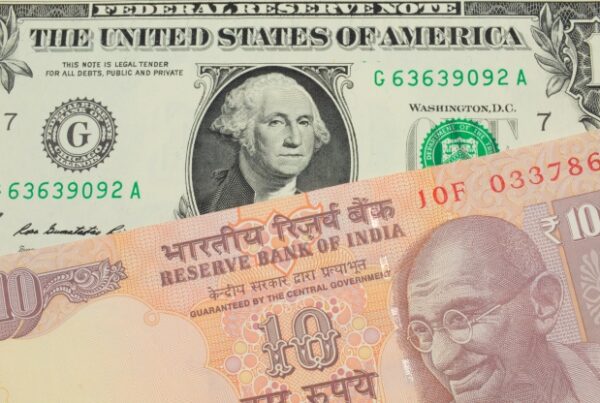
One corporate’s proactive approach to measuring and managing FX and other counterparty exposures.
Using credit ratings from S&P, Moody’s and Fitch is one way corporates establish maximum credit limits with counterparties. But at a meeting of FX risk managers sponsored by Wells Fargo this fall, one company described some shortcomings of that “classic approach” and explained an alternate method that enables it to take action before exposures reach unacceptable levels.
Proactive vs. reactive The company’s director of liquidity and investment management said traditional credit ratings are reactive and sticky—they don’t move for long periods of time—and provide no insight into how risk is evolving in real time. He then explained the basics of the company’s new, proactive approach to managing counterparty credit risk.
- It’s based on the Merton Distance to Default Model, developed by Nobel Prize winner Robert Merton.
- The treasury team pulls data from public feeds, such as Bloomberg, then runs Merton model analytics in Python.
- It uses a barrier option pricing model where spot is equal to market capitalization and the strike (barrier) equals total debt.
- It uses option math to calculate the probability of exercise, which can be thought of as the probability of default.
- “If we know our risk tolerance and the probability of default, we can calculate the maximum allowable credit limit for each customer or bank,” a slide in the company’s presentation said.
Counterparty risk exposure calculation. Instead of comparing current mark-to-market levels to the credit limit, the company compares limits to the maximum potential future exposure (MPFE).
- It uses the Monte Carlo option pricing model to derive the 5th and 95th percentile forward curves for each currency pair for each quarter end over the life of the derivative.
- The company models each derivative using those rates and groups them by counterparty to develop the MPFE.
Early warning. The presentation said this method produces an improved risk management system. Because exposures are measured on MPFE instead of MTM, “we have an early warning system that allows us to take action before our actual (MTM) exposure is at unacceptable levels,” one slide said.
- To make the point, the presenter showed a slide showing that S&P had rated Lehman Brothers A+ at the end of 2007, while the company’s model produced an implied rating of B-.
- On Sept. 12, 2008, S&P lowered Lehman to A while the model had put the company at triple-C on Sept. 9.
- On Sept. 15, Lehman and the model downgraded Lehman to D—the level of a technical default. “That’s not a place we want to be, the presenter said.

Informed decisions. The example chart above shows the term structure of counterparty risk: how the risk could evolve over time (at the 95th percentile of forward rates) given the trades currently on the books with a given counterparty.
- As trades expire, the chart declines; peaks indicate the point of maximum potential counterparty exposure.
- “So, if you are bumping up against counterparty limits and the chart peaks in the three or six months before steeply falling off (due to trades expiring in that time frame) you may be willing to live with that exposure,” the presenter said.
- “Whereas if the peak in the chart is two or three years out, you may be forced to decide how comfortable you are with that risk and whether any actions are warranted.”
- This, he said, “allows you to be more thoughtful about” managing risk “without being in the heat of battle.” And that allows risk managers to decide if they want to limit exposure to short-dated trades “or do I want to trade with them at all.”


